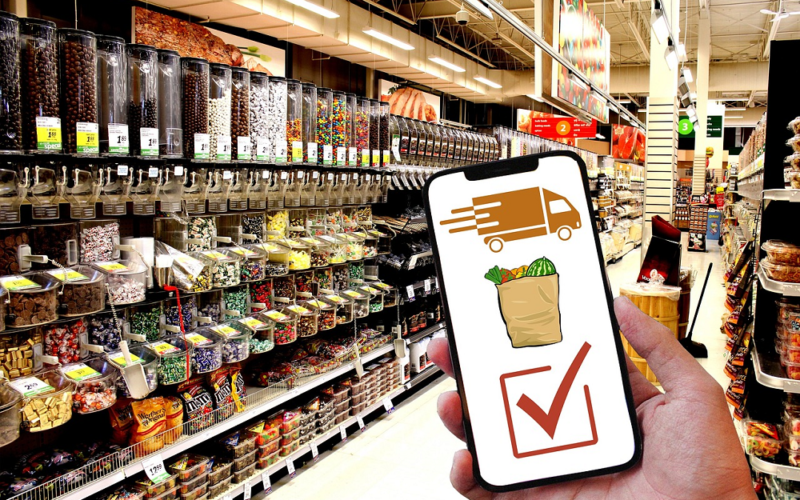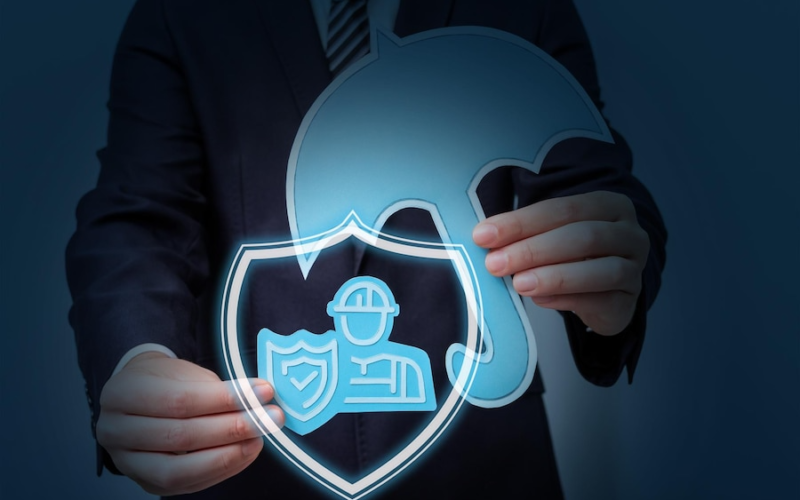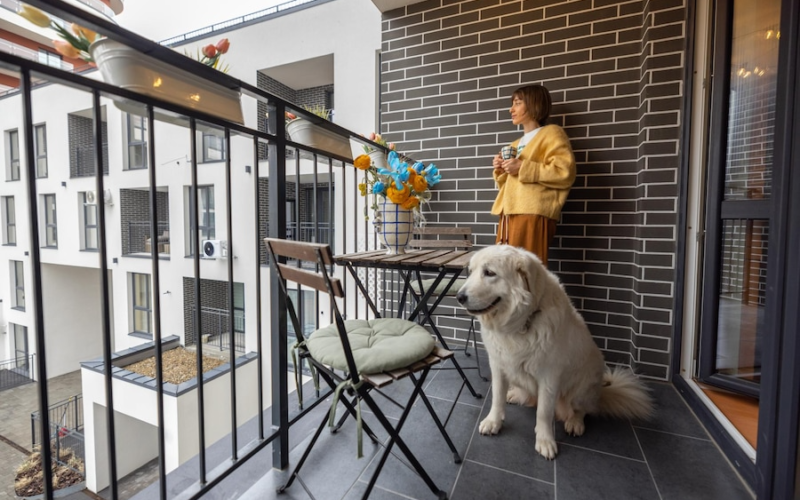
Ever wished for a way to get things without leaving your home? An on-demand delivery app is like your personal genie. You tell it what you want, and poof! It gets delivered to your door, making life a whole lot simpler.
Over the past few years, on-demand delivery apps have gained immense popularity in the market, becoming the new norm. It is projected that they will continue to thrive in the years to come, becoming an integral part of our daily lives. After all, who wouldn’t appreciate the mobility and convenience of accessing a wide range of goods and services at their fingertips?
In this rapidly evolving landscape, if you have the intention of creating your own on-demand delivery mobile application, it is crucial to be aware of the increasing competition and the necessary steps to develop a user-centric on-demand delivery app. This article will provide comprehensive insights on everything you need to know about starting an on-demand delivery business.
Types of On-demand delivery services
Food delivery
On-demand food delivery has emerged as one of the most sought-after models in the real-time delivery industry. These apps connect users with a wide range of restaurants and enable them to order their favorite meals with just a few taps on their smartphones.
Brands like Uber Eats, InstaCart, and GrubHub have established themselves as leaders in the on-demand food delivery space. They have built a reputation for reliable and timely delivery, offering a diverse selection of cuisines to satisfy various cravings. With user-friendly interfaces and seamless ordering processes, these apps have transformed the way people experience food delivery.
Pharmacy delivery
On-demand pharmacy delivery services have gained significant popularity, especially in recent times. These services provide a convenient solution for users to have their prescribed medications and other pharmacy products delivered right to their doorstep.
Grocery delivery
On-demand grocery delivery app development has gained significant traction in the real-time delivery industry. Leading brands like InstaCart, FreshDirect, and Amazon Fresh have established a strong foothold in this space, while several other players have also entered the flourishing segment.
Users can conveniently order groceries, fresh produce, household essentials, and more through dedicated mobile apps. These apps provide a seamless browsing experience, allowing users to explore a wide range of products, select items, and schedule deliveries based on their preferences.
Alcohol delivery
On-demand alcohol delivery apps have emerged as a convenient and innovative solution for customers looking to purchase alcoholic beverages from the comfort of their homes. These apps operate on a simple premise, where users can browse a selection of alcoholic products, place an order, and have it delivered to their specified location.
One of the key features of these apps is age verification. Since the sale and consumption of alcohol are regulated by law and restricted to individuals of legal drinking age, on-demand alcohol delivery apps incorporate robust age verification processes. Users are required to provide valid identification to prove their age before they can place an order for alcoholic beverages.
Have you wondered if it’s possible to combine all those delivery services into one platform or app? Could it be done? Let’s find out more about it.
Why build an on-demand delivery app for multiple services?
The global on-demand delivery market is projected to reach $260 billion by 2025. To succeed in this competitive market, businesses need to offer different delivery services. This is where an on-demand delivery app for multiple services or multi delivery app comes in.
Multi delivery app offers a wide range of delivery services to customers in a single platform. The delivery services include food delivery, meat delivery, water delivery, flower delivery, etc. It helps customers to find what they need, and businesses to manage their deliveries at ease.
Steps to develop your on-demand delivery app:
Step 1: Idea Validation:
Start by conducting market research to validate the demand for on-demand multi-services in your target market. Identify the specific services that users would require and assess the competition in the industry.
Step 2: Define the Scope:
Determine the range of services your app will offer. Consider the categories, such as food delivery, meat delivery, flower delivery, etc., and prioritize based on market demand and feasibility.
Step 3: Feature Planning:
Identify the essential features and functionality your on-demand delivery app should have. This includes user registration, service selection, scheduling, payment integration, service provider management, ratings and reviews, and real-time tracking.
Step 4: User Interface and Design:
Create an intuitive and visually appealing user interface (UI) design that ensures a seamless user experience. Focus on simplified design and easy navigation.
Step 5: Backend Development:
Set up the server infrastructure and develop the backend system that will handle user requests, service provider management, database management, payment processing, and other core functionalities.
Step 6: Frontend Development:
Implement the UI design and develop the frontend components of the app, ensuring responsiveness across different devices and platforms.
Step 7: Integration and Testing:
Integrate third-party services like payment gateways, mapping APIs, and push notification systems. Conduct rigorous testing to identify bugs or usability issues and resolve them.
Step 8: Launch and Deployment:
Prepare for app deployment on app stores such as Google Play Store and Apple App Store. Adhere to the respective guidelines and publish the app after meeting all the requirements.
Step 9: User Acquisition and Marketing:
create a marketing strategy to attract users. Utilize various channels like social media, digital advertising, and influencer collaborations to promote your on-demand multi-service app.
Step 10: Continuous Improvement:
Gather user feedback, monitor app performance, and make regular updates and improvements to enhance user satisfaction and address any issues that may arise.
Essential features of on-demand delivery app
Here are the essential features consider while developing an on-demand delivery app.
User registration:
This is the first step in ensuring that only authorized users can access the app. Users can typically register with their email address, phone number, or social media account.
Order placement:
This is the core feature of an on-demand delivery app. Users should be able to easily place orders for a variety of goods and services. The app should also allow users to specify the delivery address, time, and payment method.
Order tracking:
This is a must-have feature for any on-demand delivery app. It allows users to track the progress of their orders in real time. This can help to build trust and confidence with users.
Payment options:
The app should support a variety of payment options, such as credit cards, debit cards, and digital wallets. This will make it easier for users to pay for their orders.
Ratings and reviews:
It allows users to rate and review the services of delivery drivers and merchants. This can help other users make informed decisions about which services to use.
Geolocation:
This feature allows the app to track the location of users and delivery drivers. This can be used to estimate delivery times and to ensure that deliveries are made to the correct address.
Push notifications:
This feature allows the app to send notifications to users about their orders. This can help to keep users informed about the status of their orders.
Geolocation:
This feature allows the app to track the location of users and delivery drivers. This can be used to estimate delivery times and to ensure that deliveries are made to the correct address.
How much does it cost to develop an on-demand delivery app
The cost of developing an on-demand delivery app can vary depending on a number of factors. However, in general, you can expect to pay anywhere from $15,000 to $60,000 for an MVP (minimum viable product) on-demand delivery app.
Here are some of the factors that can affect the cost of developing an on-demand delivery app:
Features
The more features you want to include in your app, the more expensive it will be to develop. Some common features for on-demand delivery apps include:
- User registration and login
- Order tracking
- Payment processing
- Driver tracking
- Customer support
Complexity
The more complex your app is, the more expensive it will be to develop. For example, an app that allows users to order food from multiple restaurants will be more complex than an app that only allows users to order food from one restaurant.
Location of the development team
The development team’s location can also affect the cost of development. In general, development teams in North America and Europe will charge more than development teams in Asia and Eastern Europe.
Ultimately, the best way to determine the cost of developing an on-demand delivery app is to get quotes from a few different development companies. You can also compare the features and pricing of different solutions before making a decision.
Conclusion
In conclusion, building an on-demand delivery app for multiple services demands a blend of technological expertise, a deep understanding of customer needs, and a relentless pursuit of excellence. By bringing together these elements, entrepreneurs can create a flourishing platform that revolutionizes the way people access services and enjoy unparalleled convenience in their daily lives.
I hope this blog is helpful. Happy reading!





